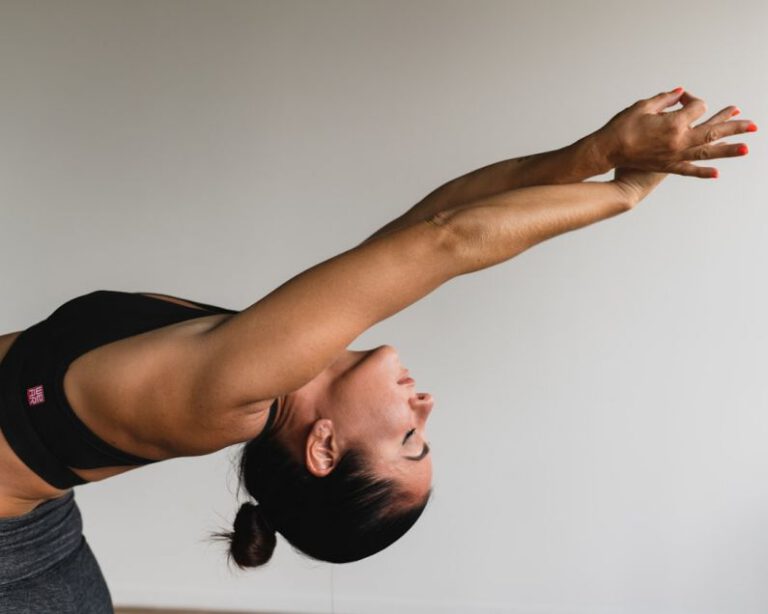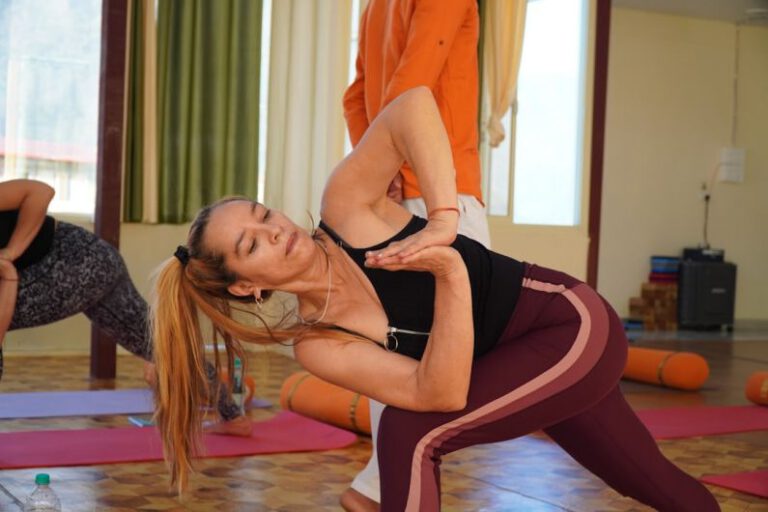Prenatal Yoga: Safe Practices for Expecting Mothers
Pregnancy is a time of immense change and growth for a woman, both physically and mentally. As an expecting mother, taking care of your body and mind is crucial for a healthy pregnancy and a smooth delivery. Prenatal yoga is a gentle and effective way to stay active, reduce stress, and prepare your body for childbirth. However, it’s important to practice prenatal yoga safely to ensure the well-being of both you and your baby.
Benefits of Prenatal Yoga
Prenatal yoga offers a myriad of benefits for expecting mothers. It helps to improve flexibility, strength, and balance, which can be particularly beneficial as your body undergoes changes during pregnancy. The gentle stretching and breathing exercises in prenatal yoga can also help alleviate common pregnancy discomforts such as back pain, swollen ankles, and insomnia. Additionally, practicing prenatal yoga can help you connect with your baby on a deeper level and prepare you for the physical demands of labor and delivery.
Choosing the Right Class
When selecting a prenatal yoga class, it’s essential to choose one that is specifically designed for expecting mothers. Look for classes that are led by certified prenatal yoga instructors who have experience working with pregnant women. These instructors will be able to provide modifications for poses to accommodate your changing body and ensure that you practice safely throughout your pregnancy. Avoid regular yoga classes or any classes that involve intense heat or strenuous movements, as these may not be suitable for pregnant women.
Safe Poses and Modifications
During pregnancy, it’s important to modify traditional yoga poses to ensure the safety of both you and your baby. Avoid poses that involve deep twists, backbends, or inversions, as these can put unnecessary strain on your body and potentially harm your baby. Instead, focus on gentle poses that help to open up the hips, stretch the back, and strengthen the pelvic floor muscles. Some safe and beneficial poses for prenatal yoga include Cat-Cow stretch, Child’s pose, and Modified pigeon pose.
Listen to Your Body
As an expecting mother, it’s crucial to listen to your body and honor its limitations during prenatal yoga practice. Pregnancy hormones can make your joints looser, increasing the risk of overstretching or injury. If a pose feels uncomfortable or causes pain, stop immediately and inform your instructor. Remember that pregnancy is not the time to push yourself to your limits; instead, focus on gentle movements and deep breathing to support your body and baby.
Breathing Techniques
In addition to physical poses, breathing techniques are a vital aspect of prenatal yoga practice. Deep breathing exercises can help you relax, reduce stress, and stay focused during labor and delivery. Practice diaphragmatic breathing, also known as belly breathing, to calm your mind and connect with your baby. Breathing techniques can also be useful during contractions to manage pain and promote a sense of calm and control.
Stay Hydrated and Rest
During pregnancy, it’s essential to stay hydrated and take breaks as needed during prenatal yoga practice. Drink plenty of water before, during, and after your yoga session to prevent dehydration and support your body’s needs. If you feel fatigued or lightheaded, take a break, sit down, or lie on your side to rest. Remember that your body is working hard to support both you and your baby, so it’s important to listen to its cues and prioritize self-care.
Conclusion: Embrace the Journey
Prenatal yoga is a wonderful practice that can support you physically, mentally, and emotionally throughout your pregnancy journey. By following safe practices, choosing the right class, and listening to your body, you can enjoy the many benefits that prenatal yoga has to offer. Embrace this special time in your life, connect with your baby, and nurture yourself through the gentle and restorative practice of prenatal yoga.






